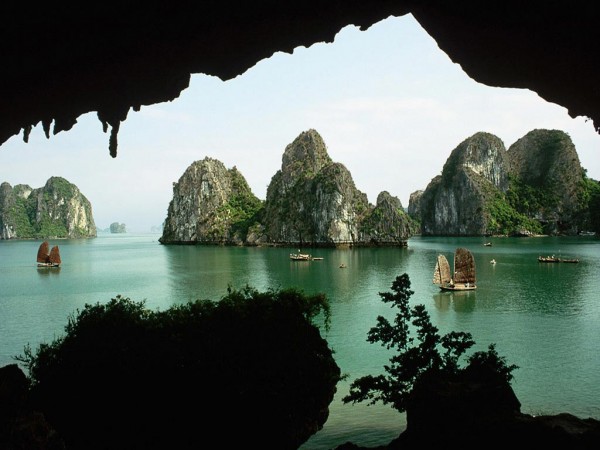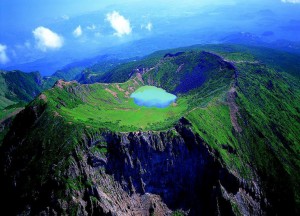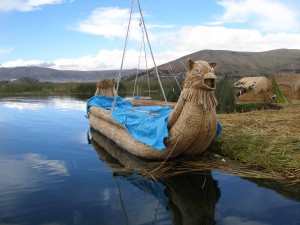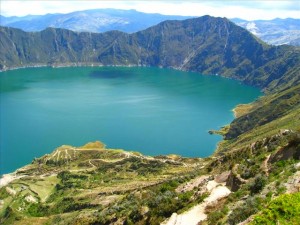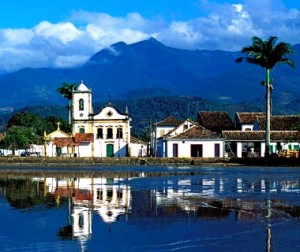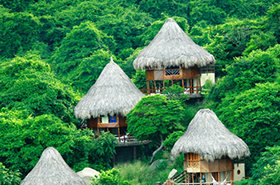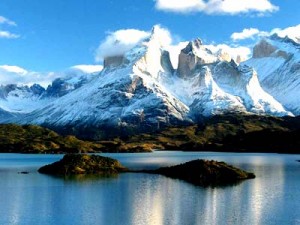The Amazon rainforest, Vietnam’s Halong Bay and Argentina’s Iguazu Falls were named among the world’s new seven wonders of nature, according to organisers of a global poll.
 The other four crowned the world’s natural wonders are South Korea’s Jeju Island, Indonesia’s Komodo, the Philippines’ Puerto Princesa Underground River and South Africa’s Table Mountain, said the New7Wonders foundation, citing provisional results.
The other four crowned the world’s natural wonders are South Korea’s Jeju Island, Indonesia’s Komodo, the Philippines’ Puerto Princesa Underground River and South Africa’s Table Mountain, said the New7Wonders foundation, citing provisional results.
Final results will be announced early 2012, said the Swiss foundation, warning there may yet be changes between the provisional winners and the final list.
Sites that have failed to make the cut include Tanzania’s Mount Kilimanjaro, the Dead Sea and the US Grand Canyon.
Residents of Jeju welcomed the announcement, with a 2, 000-strong crowd bursting into cheers of “We made it”, the Yonhap news agency reported.
Jeju Govenor Woo Geun-Min said the listing would open “a new chapter” for the island’s tourism industry.
“This will greatly help attract tourists to Jeju, enhance investment and bolster awareness about Jeju’s agricultural products, ” he told journalists. The island is renowned for its tangerines.
The poll organized by Swiss foundation New 7 Wonders has attracted great interest, mobilising celebrities including Argentinian football star Lionel Messi calling on fans to pick his home country’s Iguazu Falls.
The results come after a long consultation process lasting from December 2007 to July 2009, when world citizens were asked to put forward sites which they deemed were natural wonders.
More than a million votes were cast to trim the list of more than 440 contenders in over 220 countries down to a shortlist of 77.
The group was then further cut to 28 finalists by a panel of experts.
Anyone in the world was then able to vote for the final seven via telephone, text messages or Internet social networks.
Founded in 2001 by filmmaker Bernard Weber in Zurich, the foundation New7Wonders is based on the same principle on which the seven ancient wonders of the world were established. That list of seven wonders was attributed to Philon of Byzantium in ancient Greece.
New 7 Wonders said its aim is to create a global memory by garnering participation worldwide.
But even as the natural wonders poll came to a close, the New 7 Wonders foundation has set its eyes on a new survey — the top seven cities of the world. Participating cities will be announced on January 1, 2012.
28 Nov 2011
http://travel.hindustantimes.com/travel-stories/7wonders.php
